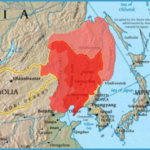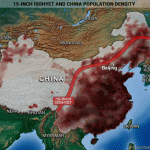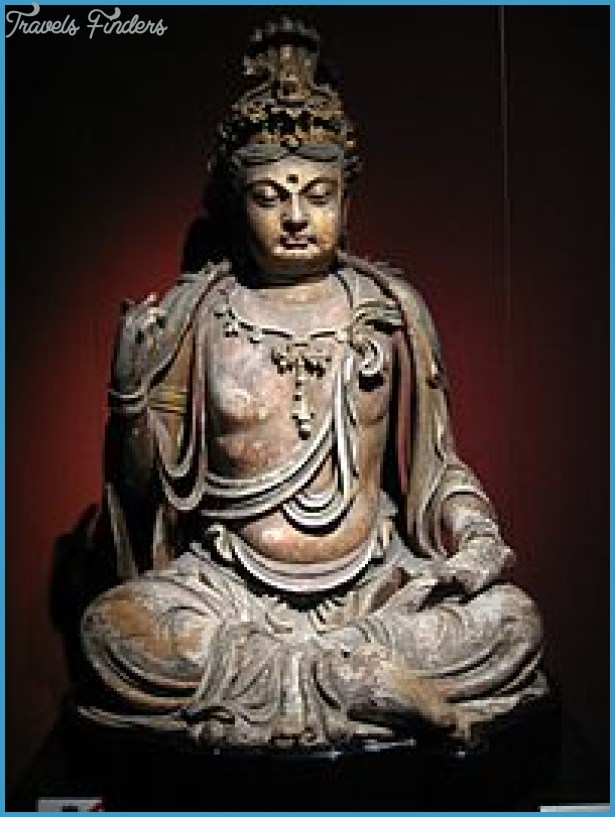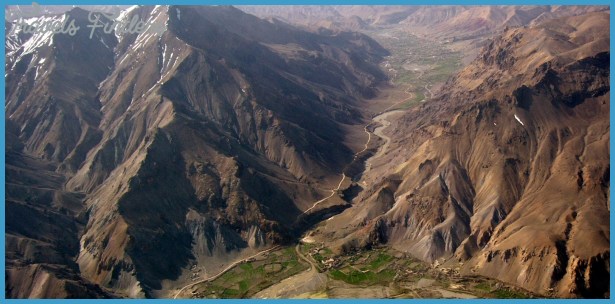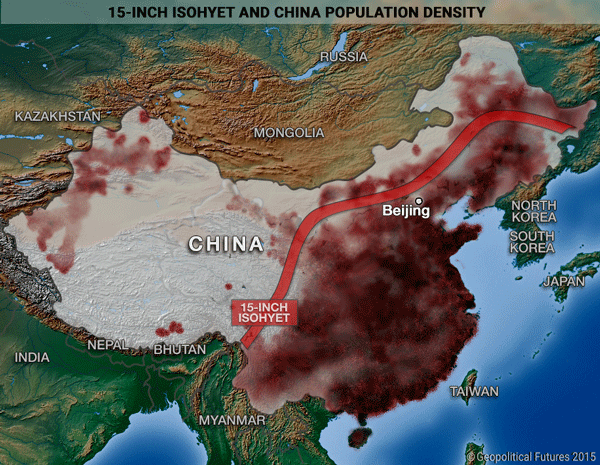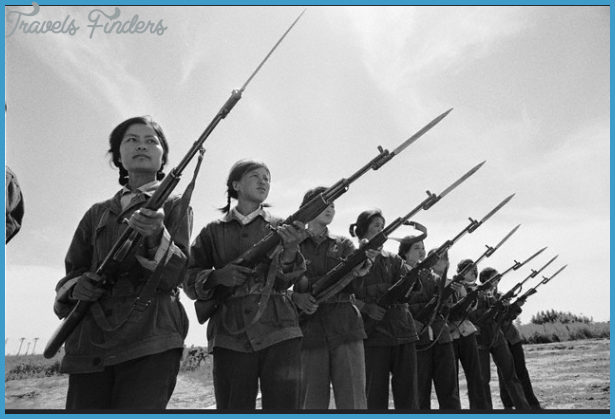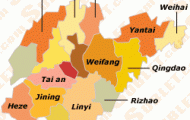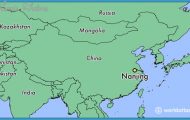Harbin weather station (alt. 143m/420ft)
The climate in Manchuria can be characterised as upland continental. Continental Annual fluctuations exceed 40°C/72°F and the shelter from the Pacific climate Ocean offered by the Manchurian mountains plays an important role.
The winters are cold and dry. Temperatures are lower in the north.
While the January average in Beijing is 4.7°C/23.5°F, in southern Manchuria it is 9°C/15.8°F and in Harbin -20.1°C/ 4°F, reaching -30°C/-22°F further north. By the Amur, on China’s northern border, permafrost is not unusual. The rivers are frozen for three months in the south and four months in the north. In the depths of winter there is virtually no precipitation, after a thin covering of snow has fallen in October and November.
After a short spring, subtropical summers with considerable humidity begin. 80% of the annual rainfall occurs in the months between May and September. Ten times as much rain falls in the month with the highest rainfall as in the month with the lowest rainfall. Rainfall values are usually lower in the north. In general temperatures in the Manchurian Basin are moderate. Average maximum temperatures from June to September range between 26 and 30°C/78 and 86°F.
Average annual temperatures vary between 20 and 25°C/68 and 77°F.




